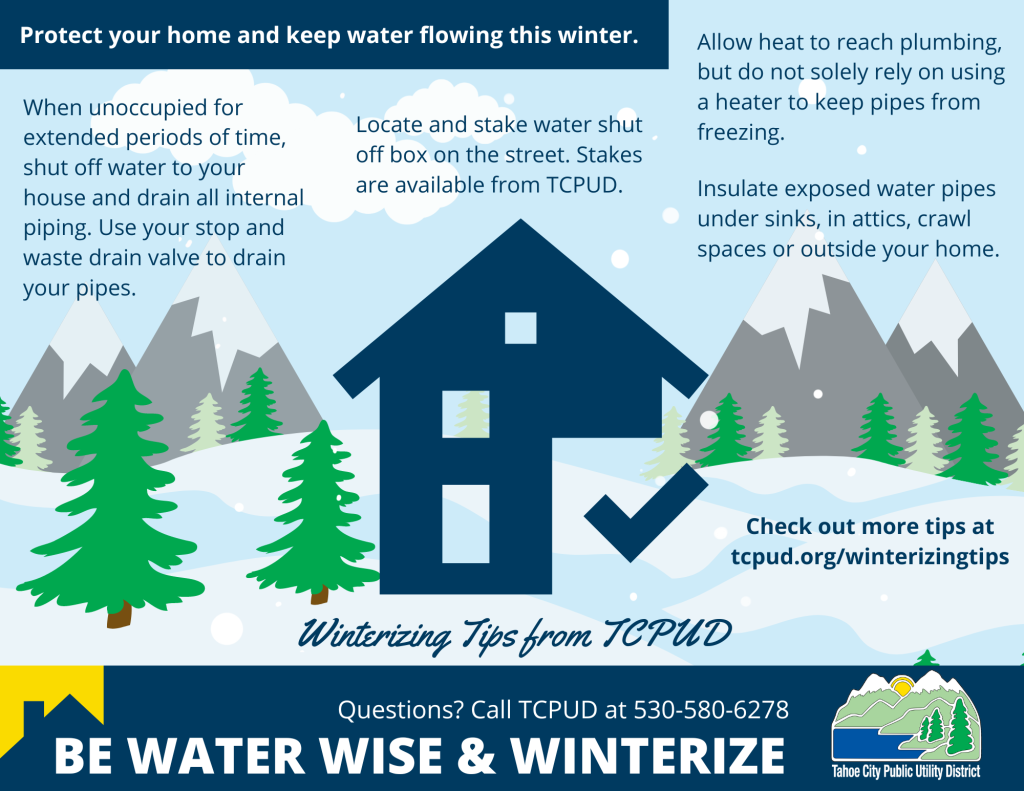Winterization Tips

Protect your home from freezing pipes. Freezing water expands and is strong enough to break plastic, copper, and steel pipes, which can lead to major property damage.
Be Water Wise and Winterize!
One of the easiest and most important steps you can take is to use a stop and waste drain valve. This allows you to drain your pipes each time you leave your home unoccupied for an extended period, or as little as 2-3 days if freezing temperatures are expected.
Here are more winterization tips you can take to help prevent frozen pipes:
- Shut off the water to your home and drain internal piping when you leave for an extended period. Open faucets to help drain as much water from the pipes as possible.
- Turn off the water valves to your toilets if you cannot turn off the water to your home.
- Allow the heat to reach plumbing, but do not rely only on using a heater to keep pipes from freezing. Heaters can fail at any time, especially when the power fails.
- Consider installing a temperature monitor to alert you when the temperature of your home drops below a certain point.
- Insulate exposed water pipes under sinks, in attics, crawl spaces, or outside your home.
- Locate and stake the water shut-off box on the street. Stakes are available from TCPUD.
- Close any vents that were open for the summer.
- If your water heater is in the garage, do not turn it off or too low if you go on vacation or leave for the winter. Water pipes can freeze without heat.
- If your washing machine or other plumbing fixtures are in the garage, turn the water off when not in use.
If you unsure how to shut off and drain the water from your house, please contact a licensed plumber to discuss your options. If you have additional questions, please call the TCPUD Utilities team at 530.580.6278.

